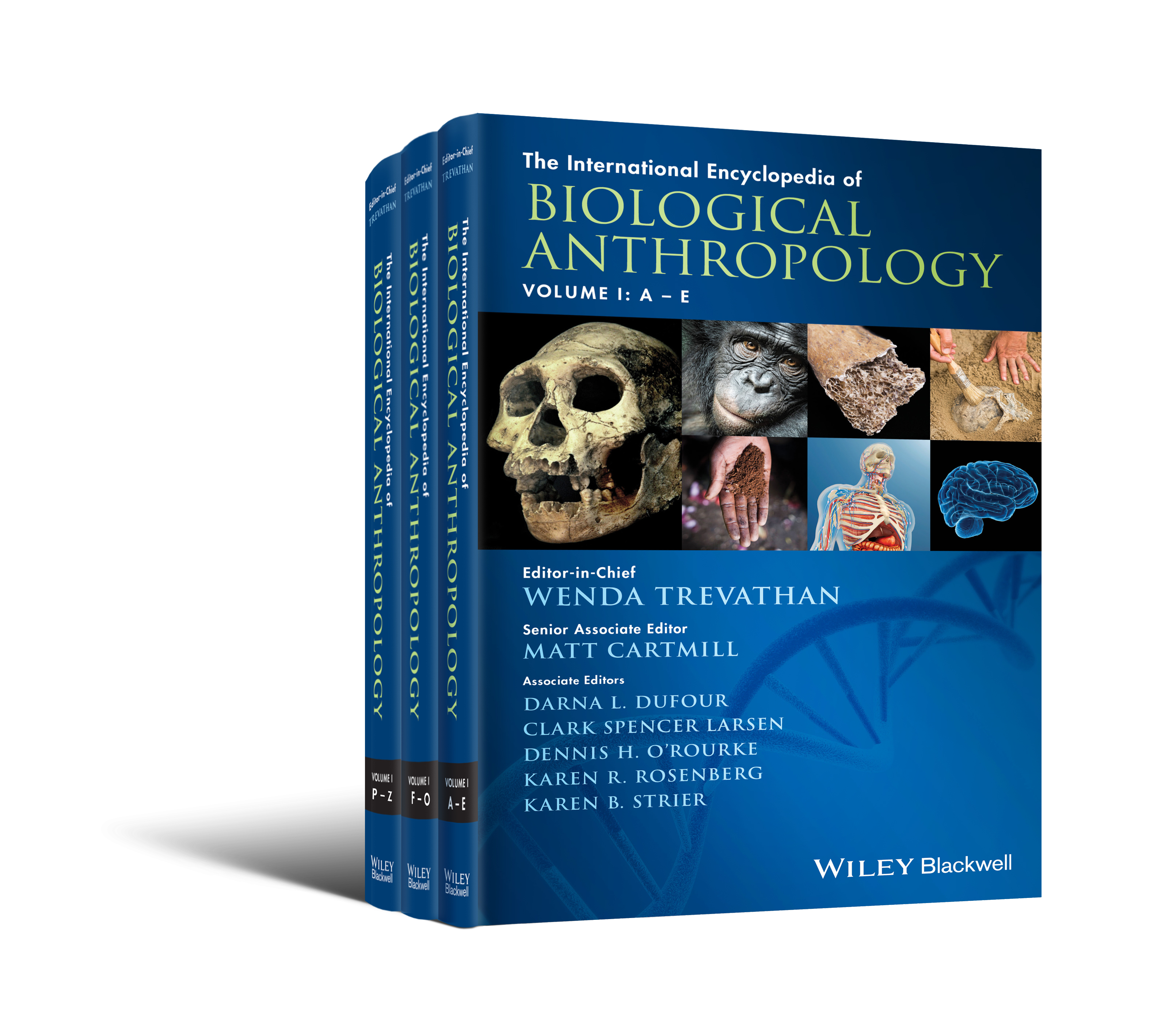Brachiation: conceptual history
Abstract
The agent-noun “brachiator” was first employed by Richard Owen in 1859 to distinguish gibbons from knuckle-walking great apes. Subsequent application of the term and its derivatives expanded to include a variety of monkeys and theoretical human ancestors. Observations on forest-dwelling gibbons and a host of other primates indicate that the forelimb suspensory locomotion of gibbons is unique, and the morphological features that functional morphologists thought were primarily related to arm-swinging locomotion more commonly facilitate vertical climbing and versatile foraging among flexible branches. Current fossil evidence does not strongly support theories of hominid evolution that include major stages of brachiation (sensu stricto) and knuckle-walking.



